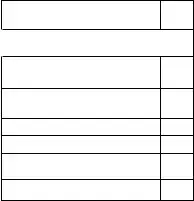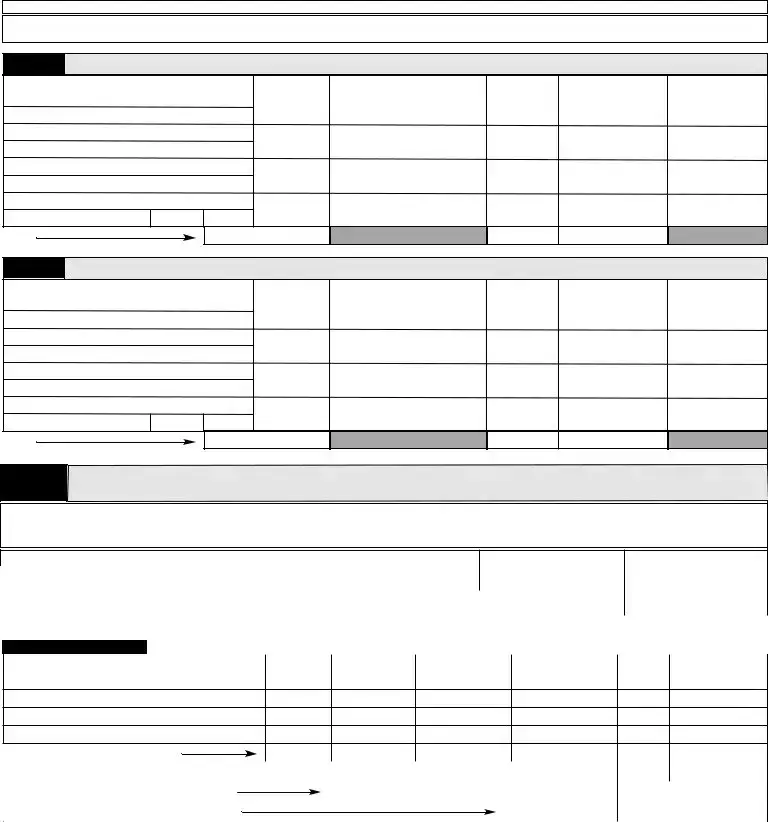The IRS Form 1040, including its attached Schedule C, is a document that shares similarities with the NYC-202 form, particularly concerning individuals and single-member LLCs that operate as unincorporated businesses. Both forms require the reporting of income and expenses related to the business, including sales, costs, and net profit or loss. While the Form 1040 Schedule C focuses on federal tax reporting for sole proprietors and single-member LLCs, the NYC-202 form fulfills a similar purpose at the municipal level for New York City, indicating a nested relationship in tax obligations from federal to local.
Form 1065 is another document that bears resemblance to the NYC-202 form, albeit for partnerships rather than individual entrepreneurs or single-member LLCs. Like the NYC-202, Form 1065 requires detailed reporting of income, gains, losses, deductions, and credits to determine the entity’s taxable income. The parallel lies in the structure of both forms aiming to capture the operational financial snapshot of the business for a specific tax period, however, NYC-202 caters specifically to unincorporated business entities within New York City, emphasizing localized tax responsibilities.
Form NYC-3L, targeted at corporations doing business in New York City, parallels the NYC-202 in its local focus but diverges in its applicability to incorporated entities. Both forms aim to determine the tax liability based on business activities conducted within New York City, with tailored calculations to reflect either the corporate (NYC-3L) or unincorporated (NYC-202) frameworks. The emphasis on accurately capturing business income and allocating it based on city-specific guidelines underlines the role of both forms in sustaining municipal fiscal health.
The Schedule E (Form 1040) is akin to the NYC-202 form as both involve the declaration of income from specific types of activities – with Schedule E focusing on rental real estate, royalties, partnerships, S corporations, trusts, and more, contrasting with NYC-202's scope of unincorporated business income. Despite this difference, each form is integral to disclosing passive or active income streams to tax authorities, underscoring the tax payer's broader financial landscape and obligations.
Lastly, the UBTI (Unrelated Business Taxable Income) form parallels the NYC-202 in its intent to tax income from business activities that do not relate directly to the tax-exempt purpose of the organization. While the UBTI is more specific to tax-exempt entities like charities or educational institutions earning from commercial activities, the NYC-202 encompasses all unincorporated businesses in NYC. Both documentations serve as tools to ensure that income generating activities, regardless of the entity’s primary purpose, contribute to the tax base.






 Locations of Places of Business Inside and Outside New York City
Locations of Places of Business Inside and Outside New York City

 The following information must be entered for this return to be complete. (See Instructions)
The following information must be entered for this return to be complete. (See Instructions)